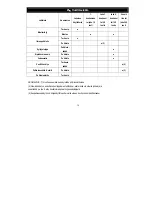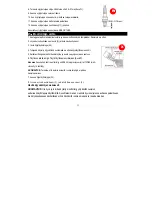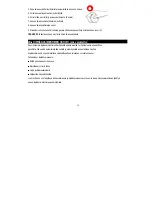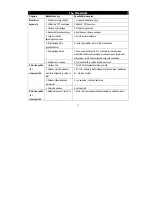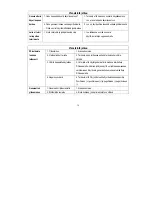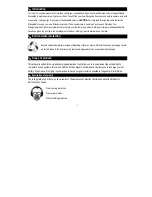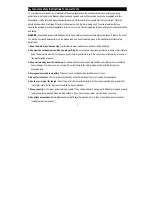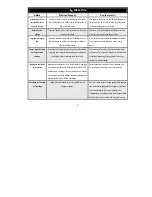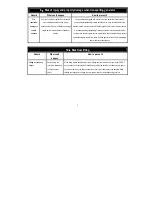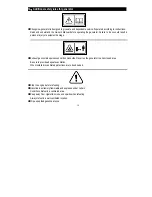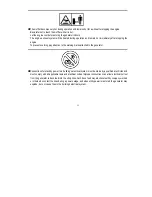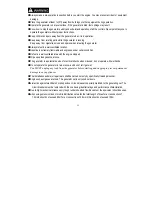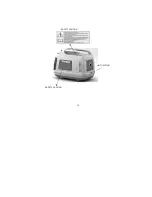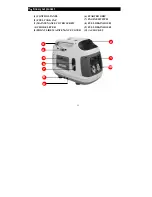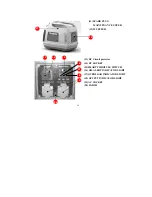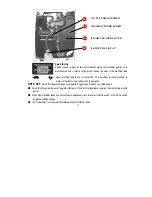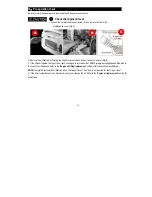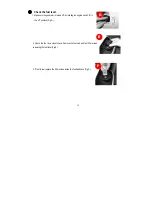
4
9. Secure the work piece.
Use clamps or a vice to hold the work piece. It is safer than using your hand and frees both
hands to operate the tool.
10. Do not overreach.
Keep your footing secure and balanced at all times.
11. Look after your tools.
Keep tools sharp and clean for better and safer performance. Follow the instructions regarding
lubrication and accessory changes. Inspect cords periodically and, if damaged, have them repaired by an authorized
service facility. Inspect extension cords periodically and replace them if damaged. Keep tool handles dry, clean and
free from oil and grease.
12. Remove adjusting keys and wrenches.
Check to see that keys and adjusting wrenches are removed from the tool
before switching on.
13. Stay alert.
Watch what you are doing. Use common sense. Do not operate a tool when you are tired.
14. Check for damaged parts.
Before using a tool, check that there are no damaged parts. If a part is slightly damaged,
carefully determine if it will operate properly and perform its intended function. Check for alignment of moving parts,
binding of moving parts, breakage of parts, proper mounting and any other conditions that may affect the operation of
the tool. A part that is damaged should be properly repaired or replaced by an authorized service facility, unless
otherwise indicated in this Instruction Manual.
15. Use only approved parts.
When servicing, use only identical replacement parts. Use an authorized service
facility to fit replacement parts.
WARNING.
The use of an accessory or attachment, other than those recommended in this Instruction Manual, may
present a risk of personal injury.
Save these important safety instructions


